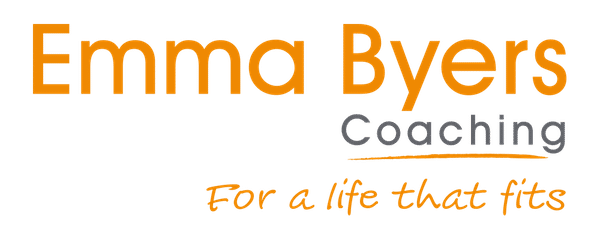Guess what? You’re filled with little people. And a lot of the time, they’re running the show.
No, I haven’t lost the plot (honest). Hear me out….
When we experience traumas which don’t get resolved, particularly in our early years, then our younger selves get stuck in the cycling of that experience. They remain inside of us, and show up whenever something similar arises. They take over our behaviours and reactions, trying to keep us safe (but their toolkit is that of a young child – it’s not sophisticated, and sadly it’s often not that healthy).
Trauma doesn’t have to be a horrendous, acute event. It occurs any time your nervous system is overstimulated by something which it can’t then discharge (usually this is because it doesn’t feel safe to do so), and so it doesn’t get processed. It is then re-experienced in our bodies either continually or when we are activated. It’s here, in the present, not in the past.
Trauma – a definition
So what does this all mean in practice? Well, it means that most of us will have a beautiful inner child (in fact children of many ages) within us, perpetually living their childhood over again. And though this is a safety resource, it can mean that we get stuck in harmful patterns that make things tricky. It’s why we encounter the same problems repeatedly – and it’s tiring and demoralising. Some examples include:
These are just a few examples, wow there’s so many. And it really is astounding the impact that this can have on us EVERY DAY. Think of all the times you’re frustrated with yourself and wondering why you’re acting in the way you are. And then imagine that you’re actually asking a 3 year old toddler, a 10 year old child or a grumpy teenager to cope. It then starts to make a little sense.
Remember, this doesn’t have to be about abusive, neglective parents (although it does include that). This is usually this is about unresolved trauma passing through the generations – people trying their best but not really dealing with stuff so well.
And the great news is, it doesn’t have to be this way.
We can become the parent these inner children need – with understanding, unconditional love, support, availability, balance.
And the magic of that is that we then don’t need to look for approval, safety, love, to be fixed or numbed from other people or other things. We can invite what we want into our lives from a place of positive conscious choice rather than a desperate, unconscious need.
And we can heal and show up as our wonderful, capable adult selves.
This work isn’t easy but it is sooo possible.
“It’s never too late to have the childhood you deserved.”
Learning to parent your inner child(ren)
I’ll be providing some more tips next week to help you start to work with your inner child. But in the meantime, start to bring awareness to when a younger part might be showing up. If you’re feeling stressed or like you’re not in the driving seat, ask yourself:
And start to acquaint yourself with these younger parts:
I would always suggest working with a professional to guide you through this. I’m now trained in this type of work, using Polyvagal theory and somatics as part of my trauma-informed embodied coaching. Drop me an email if you want to know more. You’ll be amazed by just what might be possible when your inner children know that you’ve got this, and they step back so you can step forward.






